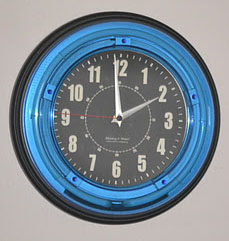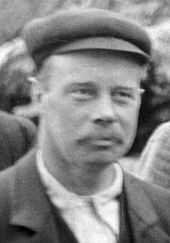Daylight Savings Time to End
Time to “Fall Back” on November 6
Daylight Saving Time (DST) is the practice of temporarily advancing clocks during the summertime so that afternoons have more daylight and mornings have less. Typically clocks are adjusted forward one hour near the start of spring and are adjusted backward in autumn.
With these shifts twice each year, the best way to remember whether to set our clocks ahead — or behind — one hour during the daylight savings time — is to “Fall Back” and “Spring Ahead.”
 “When does daylight savings time end?”
“When does daylight savings time end?”
The United States will turn their clocks back on November 6. This means that we gain (not lose) an hour when we turn our clocks back an hour to 1:00 a.m. when our clocks reach 1:59 a.m. on Sunday.
Benjamin Franklin, publisher of the old English proverb, “Early to bed, and early to rise, makes a man healthy, wealthy and wise,” anonymously published a letter suggesting that Parisians economize on candles by rising earlier to use morning sunlight.
 Modern DST was first proposed by the New Zealand entomologist George Vernon Hudson, whose shift-work job gave him leisure time to collect insects, and led him to value after-hours daylight. In 1895 he presented a paper to the Wellington Philosophical Society proposing a two-hour daylight-saving shift.
Modern DST was first proposed by the New Zealand entomologist George Vernon Hudson, whose shift-work job gave him leisure time to collect insects, and led him to value after-hours daylight. In 1895 he presented a paper to the Wellington Philosophical Society proposing a two-hour daylight-saving shift.
Most areas of North America and Europe observe daylight saving time (DST), while most areas of Africa and Asia do not.
Daylight Savings Time 2012 begins again on Sunday March 11, 2012 and will end November 4, 2012.
